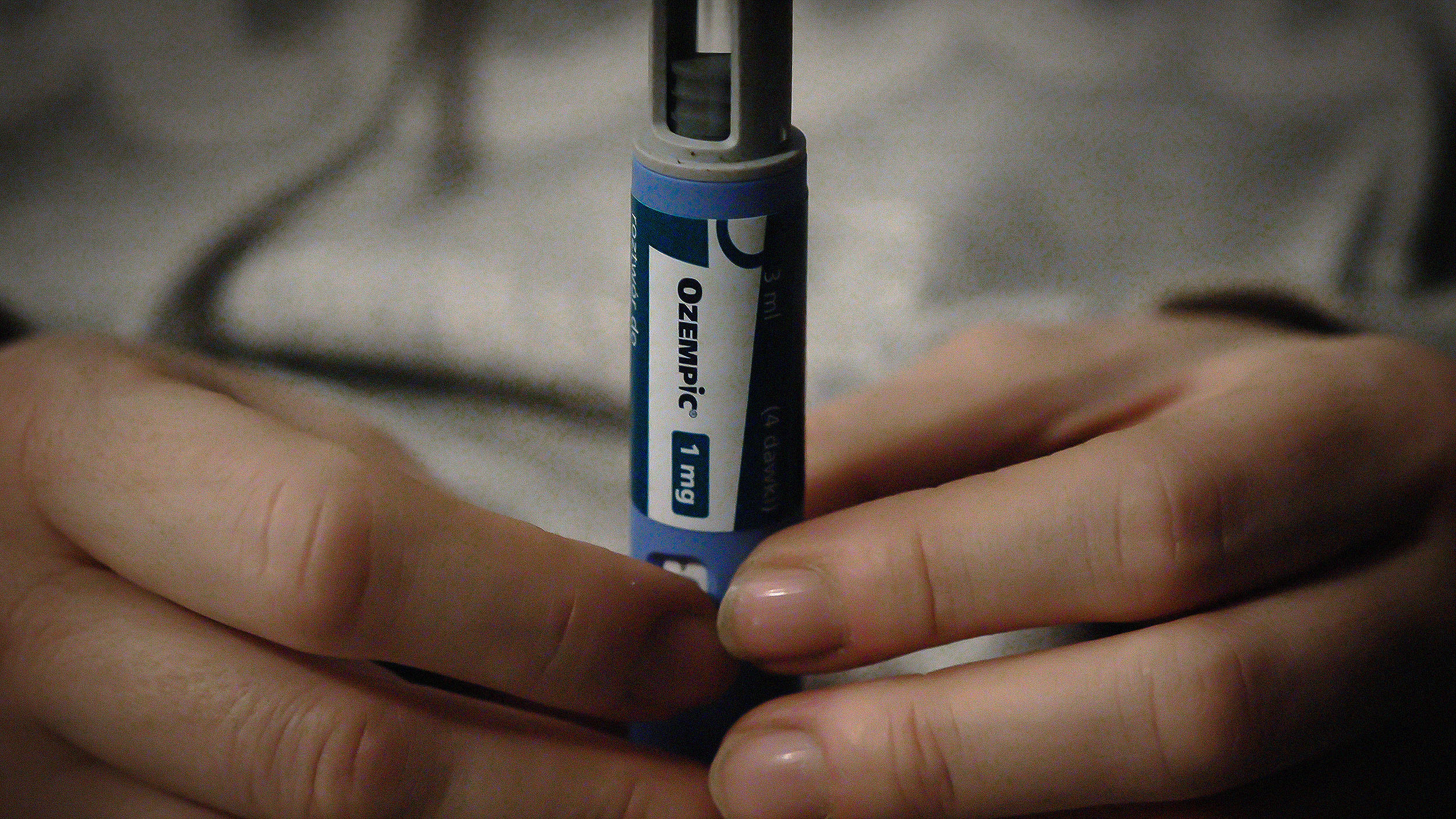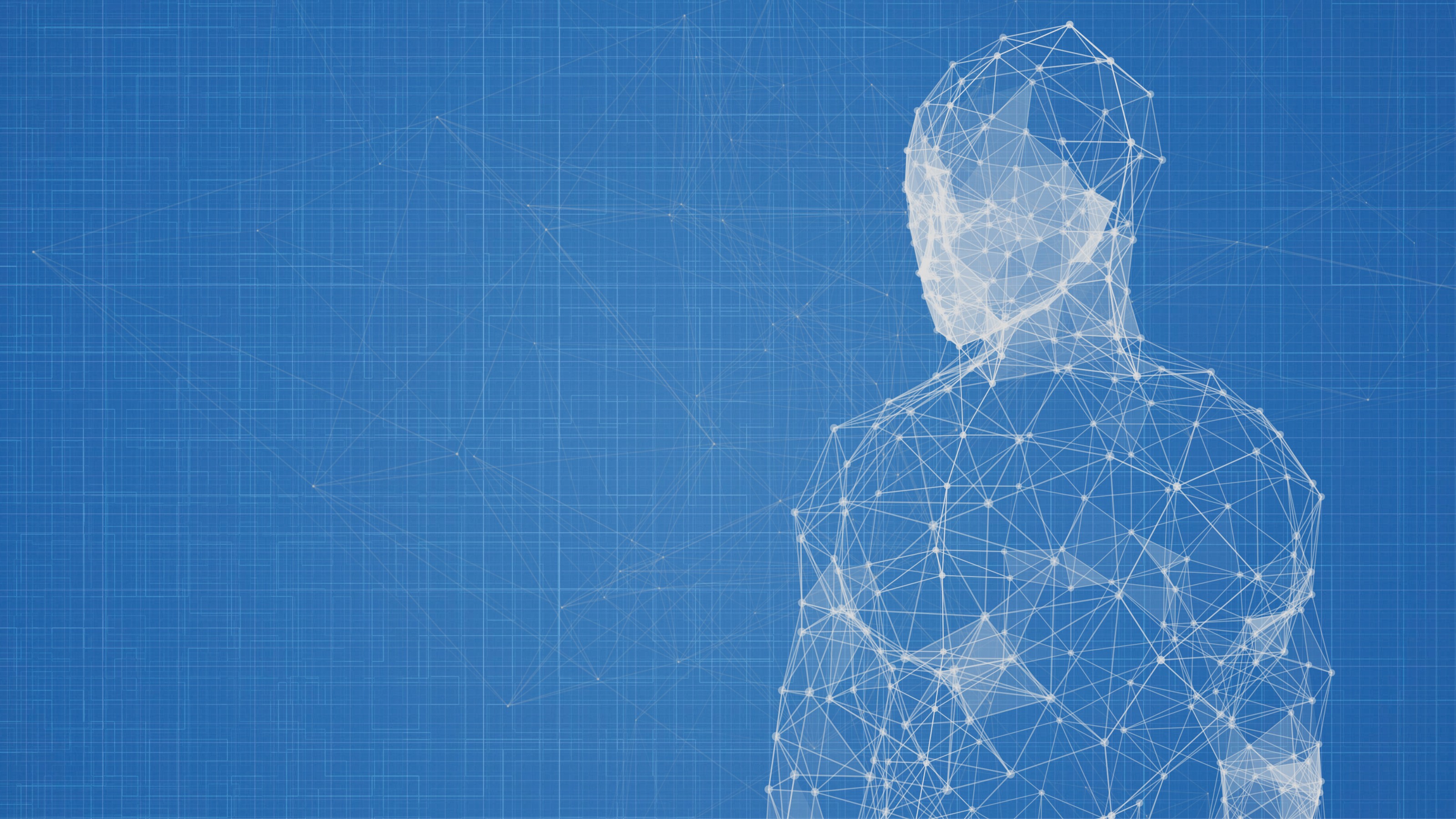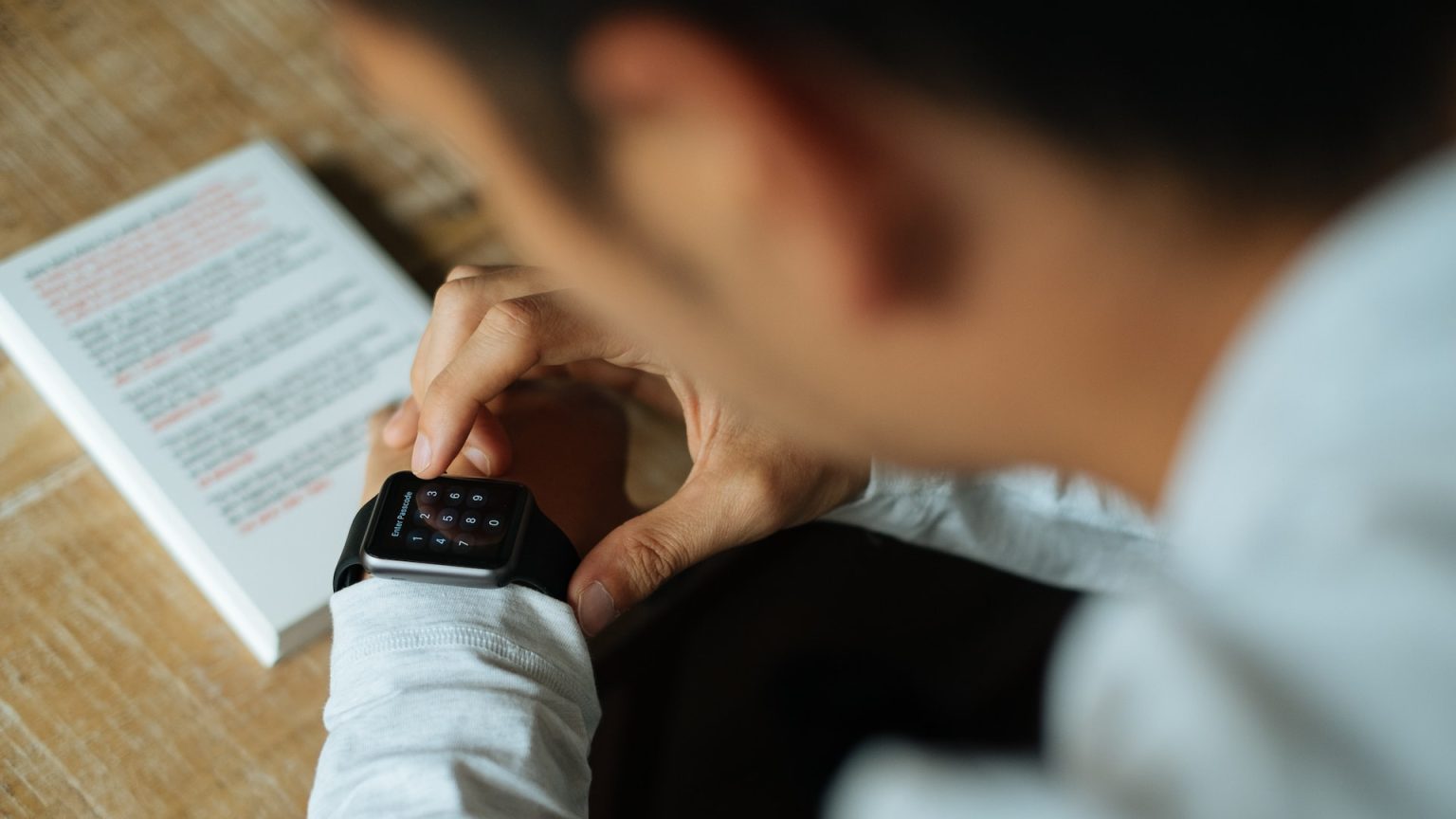Digital twins are an effective new way to control your metabolism

- Digital twins are virtual representations of a physical objects, such as a car or spacecraft, typically used in simulation tests.
- Twin Health has devised a way to create a digital twin of the human body to help people living with type 2 diabetes.
- Using multiple data points, this digital twin can generate a computer model of a patient’s metabolism alongside personalized predictions of their future health.
Some of the first digital twins ever created were “living models” of NASA’s moon missions, first used to help study what went wrong aboard the Apollo 13 spacecraft. These models were a step forward from conventional computer simulations of physical aircraft. Data was continuously being collected and analyzed, so these models would update and learn, and be able to better predict faults or reactions to different conditions.
Jahangir Mohammed founded Twin Health to create a digital twin for an even more complicated machine: the human body. He’s using personalized digital avatars to help treat patients with type 2 diabetes.
One in ten adults worldwide are now living with diabetes, the vast majority with type 2, due largely to poor modern diet and exercise habits. Diabetes disrupts the metabolism, the chemical processes that turn food into energy, resulting in chronically high blood sugar that can lead to kidney failure, heart attacks, and strokes.
It’s a game changer for people with diabetes.
Paramesh Shamanna
Typically, doctors will do a regular blood test and, depending on the results, prescribe medications to help control blood sugar. They also give patients guidelines about diet, ideal levels of exercise, and even the optimum amount of sleep. The difficulty is that each individual’s metabolism is unique and can change over time in response to health and behavioral changes.
Twin Health offers a personalized way for patients to understand their metabolism, the root cause of type 2 diabetes. Their digital twin technology uses AI to specifically tailor treatment for each patient’s individual problems.
“It’s a game changer for people with diabetes,” Dr. Paramesh Shamanna, the medical director of Twin Health, tells Freethink. “It allows for unprecedented precision in monitoring, predicting, and managing diabetes.”
How it works
CEO Jahangir Mohammed was inspired by his involvement in creating Tesla’s digital twin software, which is used to predict faults in cars. He wanted to apply a similar idea to healthcare: giving patients personalized predictions of what was happening in their bodies and letting them constantly monitor their own health.
Twin Health’s digital twin is built using multiple data sources collected every day from different sensors: a continuous glucose monitor; a smart scale that measures both body weight and body fat percentage; and wearable sensors that track heart rate, activity, sleep, and breathing. Patients also report on what they’ve eaten and the results of quarterly blood tests through a mobile app.
Then, using advanced algorithms and machine learning, Twin Health generates a computer model of each person’s metabolism: their digital twin. The model is continuously learning about the patient from real time continuous data. It makes personalized predictions about a patient’s blood sugar, pinpoints problems, and suggests the changes patients can make in terms of diet, exercise, and other activities through the app.
It’s taken time to develop the technology. One of the biggest challenges was modeling the many different activities that can have an impact on an individual. The metabolism is a complex system of processes that take place in the body. Nothing happens in isolation.
The team specifically designed algorithms to look at the impact of a single factor like a meal in the context of their overall diet, exercise, and other activities over time. It’s not just about the result of eating a particular food. The digital twin takes into account a patient’s metabolism and all their activities and then indicates what will happen to them if they eat this food.
A new type of healthcare
The digital twin helps patients better understand their own disease and guides them to make improvements. It’s very precise in terms of what people can do to improve their metabolism. The app also constantly updates showing the gradual improvements patients are making every day by following their digital twin’s precise, personalized recommendations. So patients are more motivated to make changes than if they were just given general lifestyle guidelines.
“A pivotal component of our technology is the personalized, data-driven recommendations and reminders delivered through the app,” Shamanna says. “Timely digital nudges are delivered directly to patients via the app. This proactive approach encourages daily engagement and adherence to treatment plans and significantly enhances the efficacy of our platform.”
Patients don’t make decisions alone. The team provides them with licensed clinicians who can advise them on whether and how to safely taper doses of medication as their health improves. It already has real world appeal. Several insurance companies are collaborating with the company to offer their digital twin technology to people with diabetes.
Clinical trial
Twin Health tested their technology in a randomized clinical trial published last December, giving 232 people with diabetes a digital twin. On average, patients’ blood sugar levels dropped from 9 percent to 6 percent. In comparison, patients given standard care had a reduction in blood sugar levels of just 0.3 percent, dropping from 8.5 to 8.2 percent. Levels below 5.7 percent are considered normal, while 5.7 to 6.4 percent indicates prediabetes, and above 6.5 percent shows diabetes.
At the end of a year of treatment, nearly 73 percent of patients using twin health’s technology were in remission for type 2 diabetes.
Bringing down blood sugar by 3 precent is quite an impressive feat.
Kaushik Venkatesh
Kaushik Venkatesh, a researcher at Harvard University and an expert in digital twin technology, highlights that the trial only lasted for one year, so it wasn’t able to determine if the technology would have a long-lasting impact. In particular, since the treatment requires patients to frequently and regularly interact with the app, some could lose focus over time while others might struggle to start engaging with it at all.
“Treatment requires multiple sensors, multiple checkpoints, and frequent interaction with the app,” he says. “Overall, though, it’s a promising development: bringing down blood sugar by 3 percent is quite an impressive feat.”
The future
The team plans to bring their digital twin technology to multiple countries so that more people can have access to their own personalized digital avatar.
“We want to push the boundaries of medical technology, ensuring a future where chronic diseases like diabetes are no longer life sentences but manageable conditions,” Shamanna says. “If we can establish this method as the standard of care, we could revolutionize how conditions like diabetes are managed across the globe.”
This article was originally published by our sister site, Freethink.





